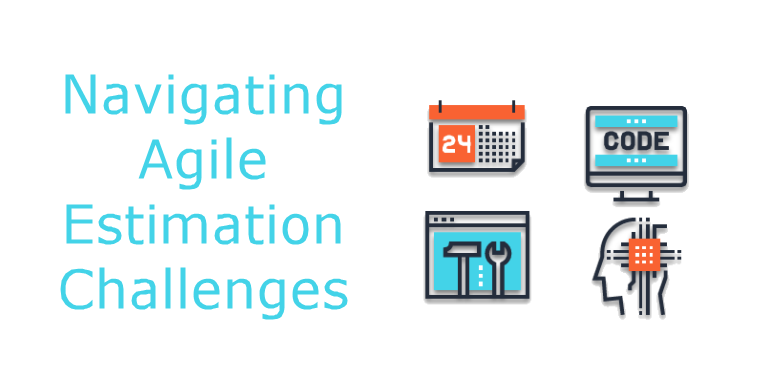ROI with Estimation – Making Business Decisions Based on Metrics
Estimation return on investment - a hotly debated topic in some circles, but still a very active and frequent conversation in C levels all over the world. Something that hasn’t changed in the 20+ years I’ve been involved with estimating software development, regardless of methodology, has been the question asked by senior leadership when embarking on developing new functionality - “How much will it cost and when can we deliver?” Despite the emergence of new methodologies, this question is understandably the main driver of whether to proceed with a project or not. The ROI I am focusing on here is the IT budget we are committing to building a project, or portfolio of projects. Very often, we are faced with that question very early on, when we know little about the project’s full intended capability, but the C level is asking for an estimate and we better respond with a defendable answer.
The ROI is realized in several ways - firstly in the form of estimating the appropriate staffing levels. We have often assisted clients who initially estimated their projects with too many FTEs. A relatively simple tweak to the staffing skills combined with empirical data for effort calibration can prove, in many cases, that the FTE count is too high. In the graph below, the yellow diamond represents our current estimate compared to the green dot (adjusted estimate) resting on the blue trendline in the middle representing the industry average for staffing vs. size. Properly adjusting the FTE levels can save thousands, even hundreds of thousands of dollars depending on the project size, and millions of dollars across a portfolio.





